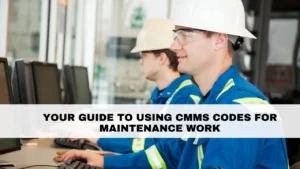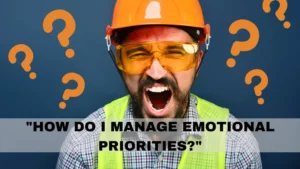Organizations should have a clear work description of what a maintenance planner’s role is. The role may vary between organizations, mainly due to plant size. Some organizations have combined planners/supervisors. Some have dedicated planners for shutdowns/turnarounds. Many have people with a planner’s title, but no planning.
So, how do we figure out a maintenance planner’s role?
The first step is to decide if you (as a plant) want to have planning. It would be a huge mistake to decide against planning in my opinion; but if you do, you might as well get rid of planners and/or the role of planning. Most of us will decide we should have planning.
We can’t figure out a clear role unless we first have a clear agreed-upon workflow that describes in which order we are going to pass on information, to whom, and who is responsible.
The first step is, therefore, to design clear, agreed-upon workflows (business processes) for our daily work, shutdown work, etc. Once we have the workflows, we can start describing the role of planners (and others).
Be aware when you start describing the role that it is easy to describe all the things a planner should do in a lengthy document.
I have seen role descriptions for planners that instruct the planner to do absolutely everything that no one else has time or wants to do. If you have an all-inclusive role description for planners in you plant, perhaps you need to think again.
We are often afraid of having a description that allows a planner to say, “That is not my job.” But, I want to argue that it is critical that a planner says “no” to certain assignments. Why? That’s because your planners should primarily be planning.
If you divert them in emergency work, special projects, supervision, etc., they will be doing those things and not planning.
When we at IDCON describe the maintenance planner’s role, we often start in the opposite end.
We describe what a maintenance planner should not do, then describe what a planner should work on.
We see the no-no list being used more than the actual work description in day-to-day work. What follows is a typical no-no list for a planner’s role.
A maintenance planner should not:
- Plan emergency work
- Act as a relief supervisor
- Become a material expeditor
- Work on tools
- Perform time-consuming clerical activities
- Plan from behind a desk only
- Become a “go-fer” for maintenance/operations supervisors
The reason for the no-no list is that all of the activities will reduce the amount of planned work you have in your facility.





